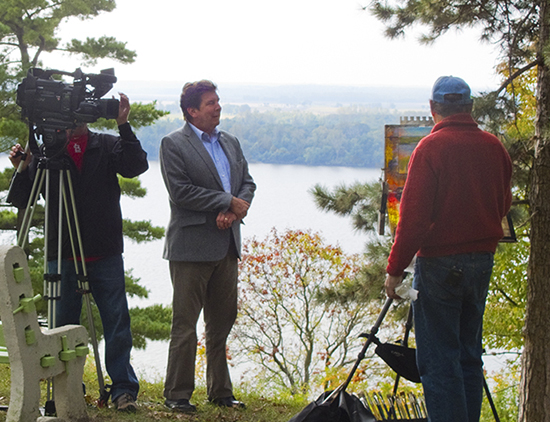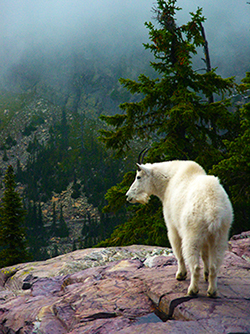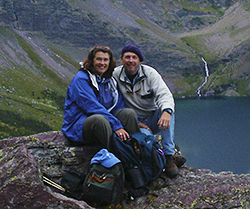Voices of Experience - Gregory PackardVoices of Experience Gregory Packard
"It's sort of like you are writing the symphony at the same time you are playing it!" Gregory Packard knew he had an artist's sensitivity, but didn't come to pursuing painting seriously until he was 28. Since then, he has excelled, with work showing in juried exhibitions across the country. His paintings have been featured in multiple national publications, including: Western Art Collector, Southwest Art, Art of the West and American Art Collector. We asked him to write us about growing up with an artist's inclination, working in a more traditional job and ultimately making the decision to take the leap to becoming a full-time painter.
I discovered that I could draw at a very young age, perhaps at four or five years old, receiving some positive reinforcement. I have early memories of finger-painting in kindergarten, which must have been a visceral experience to remember it after all these years. And, I only remember the paint on my fingers, not the painting. By the time I was nine or so, I was the kid in class drawing things for all my peers. In high school I just took the standard classes, but I continued to draw beyond high school.
One day at age 27 or 28, I was in downtown Boise for a meeting. I walked into a gallery that had some work on the walls that excited me. It was Robert Moore’s paintings. The gallery owner told me he was teaching a workshop, so I signed up on the spot. I went around the corner to another gallery and saw another artist’s work that excited me—Delbert Gish. He was also teaching a workshop. I signed up on the spot there as well. That was the first time I knew about workshops, and I knew that I could afford at least a workshop. I was so excited because it was the working man’s way of becoming an artist. Taking those initial workshops changed me forever. I was so addicted—I didn’t have a choice in the matter but to pursue it.
My formative years were in the countryside of southwest Idaho. Until the age of five I roamed around on a farm, experiencing the sensations of wet grass, cornfields, haystacks, farm animals, cold and deep snow, and myriad tastes and sounds. When my parents divorced, we moved to town, where I inevitably became a city kid. But, the imprinting the western countryside had on me was already done. I believe this still plays a part in my work today. Being outside in the elements is being alive, and the beauty found there from the most grand of scenes in mountains and ocean to the simple, country flower bed stirs me to this day. When you boil it down, the pleasures of life that arouse our senses are unique to each of us. For me, the landscape is important. Where I live is important. It may seem obvious, but I find that I do my best work when I have a connection to the landscape I am honoring. For the past 19 years, being near the San Juan mountains in western Colorado, has been that place. Sometimes that connection takes years to build, and yet there are some locations—few to be sure—where the connection must stem from a past life because it just feels like home upon arrival, which is the way the immense aspen groves felt to me upon moving here.
When I paint from life en plein air—which is not often—I like very much to do so in private. It’s an intimate expression, and I don’t tend to do it as if I’m eating a sandwich on the side of the road. When possible I hike into the woods until I’m inspired. I know instantly when I’m attracted to something. Painting is a commitment of time and effort, and I want to be successful, so I ask an honest question as to whether or not I think I can pull it off. If so, I set up.
I’ve included a few photos of a painting in stages in the woods painted from life. You can see I did a little wash drawing with my brush before diving in with color. In this particular case I drew a basic idea of the scene because I knew the shadows were going to change quickly. The painting ended up taking me two or three hours—my dogs were exhausted waiting for me. More often than not paintings take on a life of their own. This piece stayed pretty true, but I don’t always aim for that. As a painting shapes up be willing to go with it if it takes a turn of its own, as long as it is pleasing to you. Whatever your subject may be, if you want this beautiful creation to use you to express itself, then you need to be willing to accept the subtle language it offers up. It’s a collaboration where you use your best artistic insight to make and direct some changes while also paying close attention to see the clues offered up in subtle color harmonies or linking shadows or poetic edges. Certainly be willing to use all the tools you have, and that includes intuition.
To see more of Gregory Packard's paintings, go to: Gregory Packard All artwork copyright Gregory Packard |
Become an Artist's Road Member Today!
Already a Member?Log in here. To renew your membership, log in and follow the links. Search the SitePerspectivesNot ready to become a Member yet? Subscribe to our free email postcards, "Perspectives". Enter your email address here.
Member ContentFree ContentThe Artist's Road StoreNocturnes - A Primer on Night Painting Filled with inspirational examples by the masters of nightime painting, this little book is sure to fire up your creative energies. Never tried painting at night? We show you how it's done with a step-by-step-oil demo and a tale of night painting in the wilds of Rocky Mountain National Park. The Primer on Night Painting - Nocturnes is a 7 x 7" PDF download with 40 pages of text and images. It includes a gallery of paintings by masters of the nocturne, information to inspire and encourage you in your plein air nocturne painting, an illustrated step-by-step demo and tips for working in pastel and oil. Also available in a softcover edition. Check out the tools and other products that we use in our own art and travels in The Artist's Road Store. We only offer things for sale that we enthusiastically believe in.
About Us
|
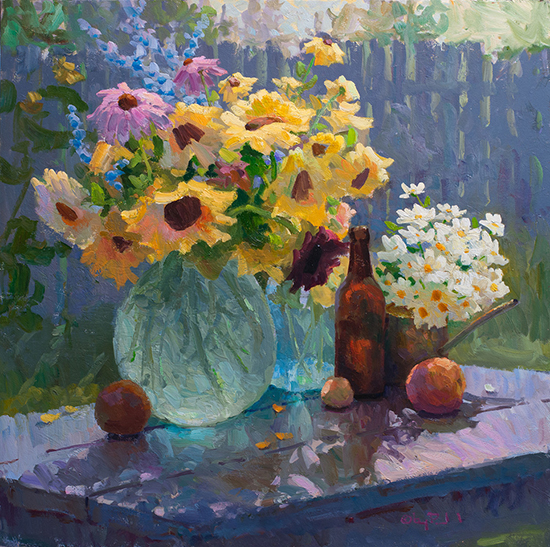













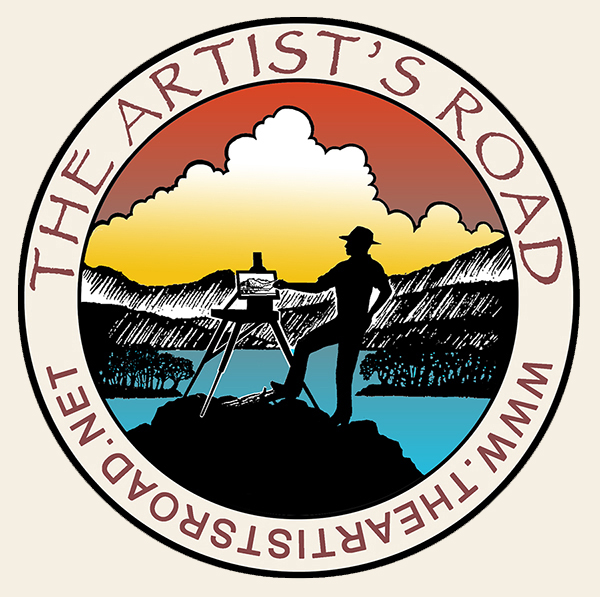
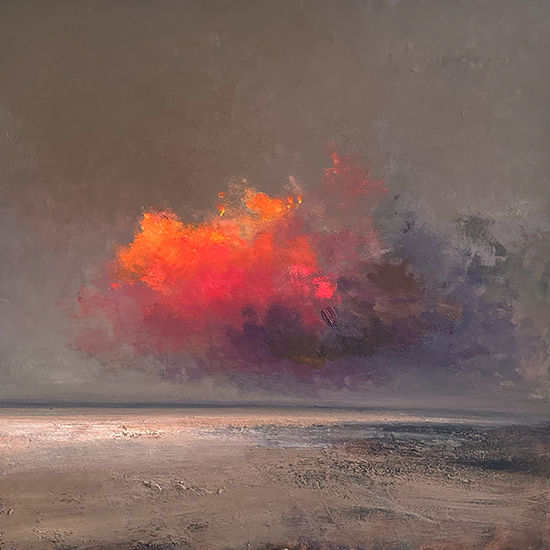 Voices of Experience:Richard K. Blades
Voices of Experience:Richard K. Blades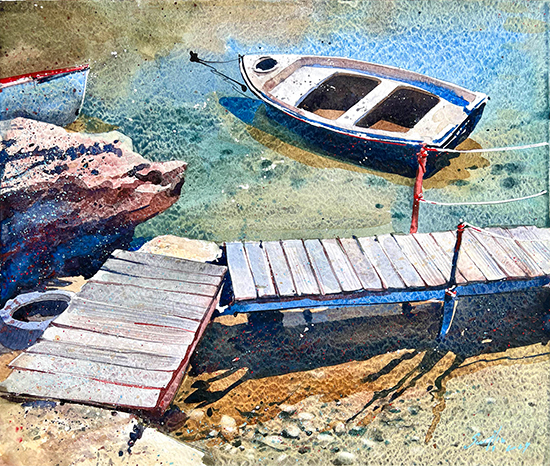
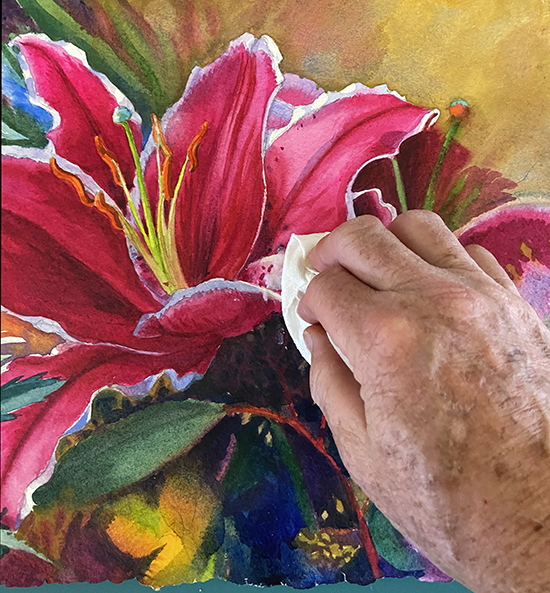 ing Watercolors
ing Watercolors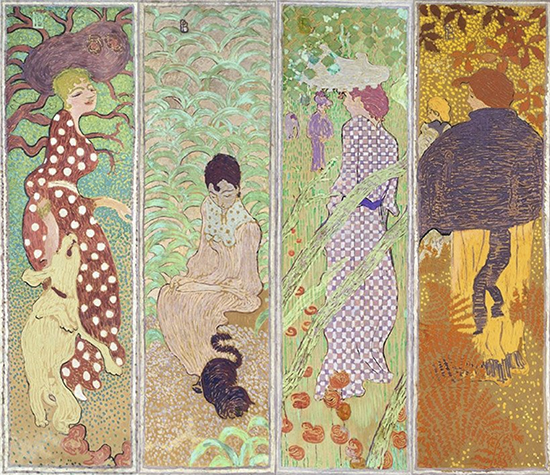
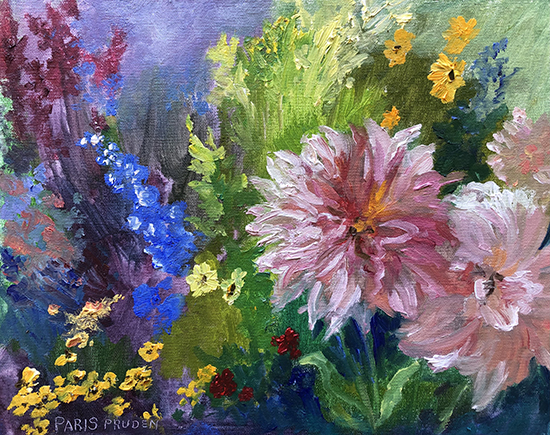
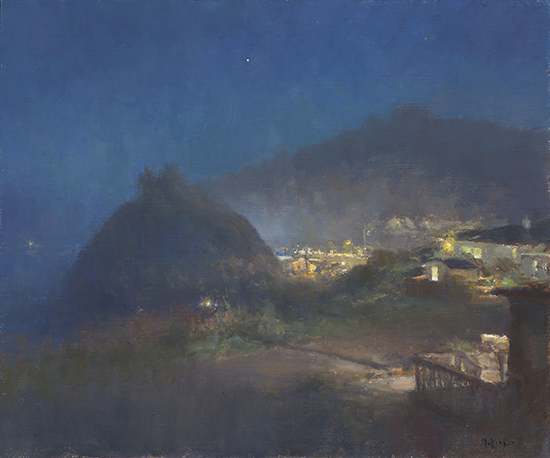 Nocturne Notes
Nocturne Notes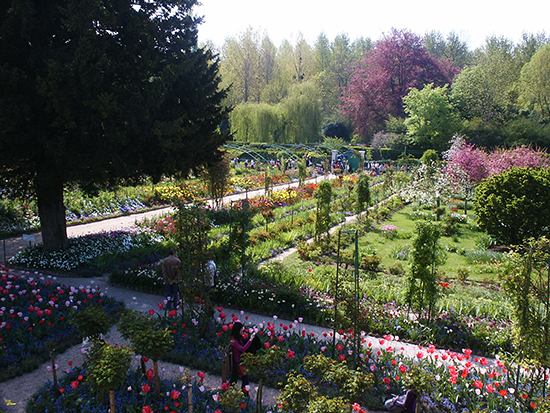 Inspiration in Monet's Gardens
Inspiration in Monet's Gardens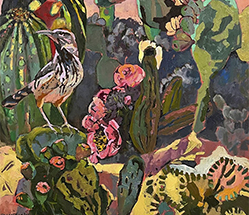
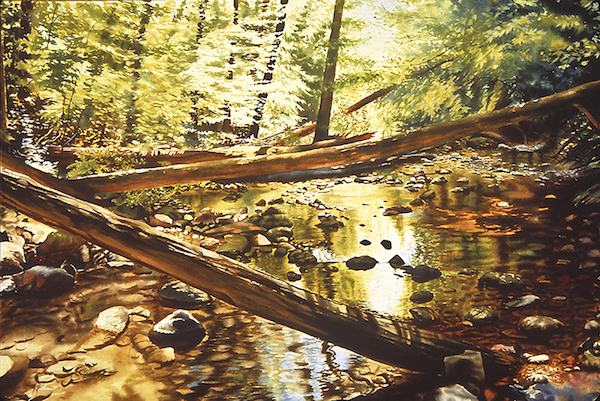 The Watercolor Medium
The Watercolor Medium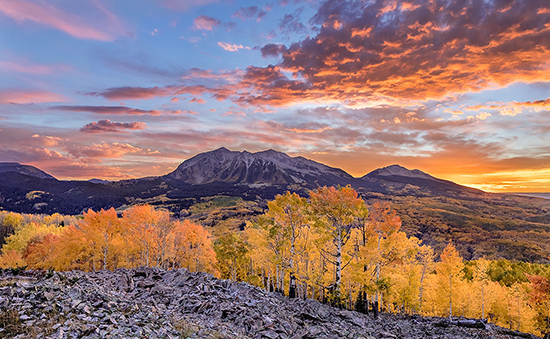
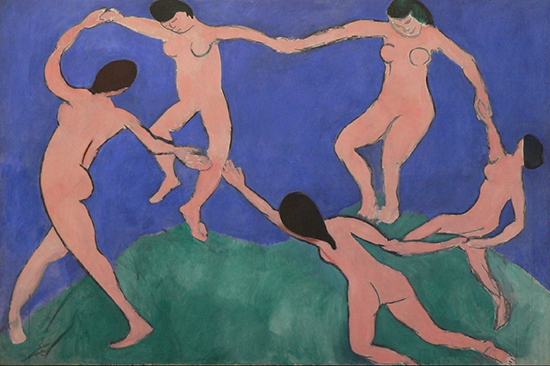 The Perspectives Archive
The Perspectives Archive